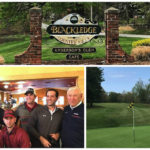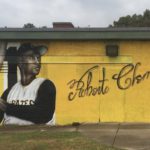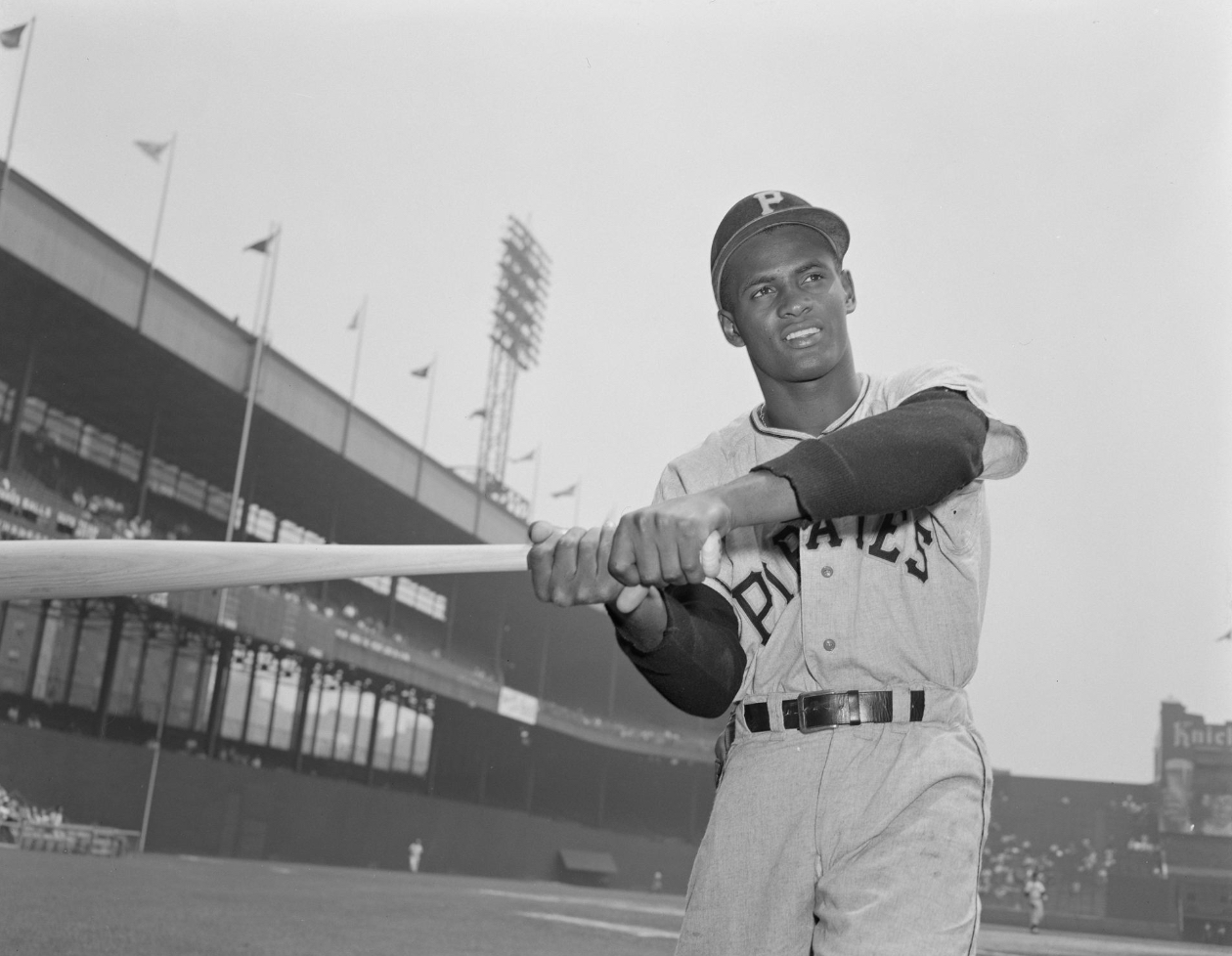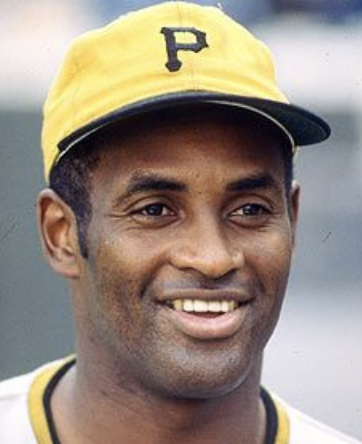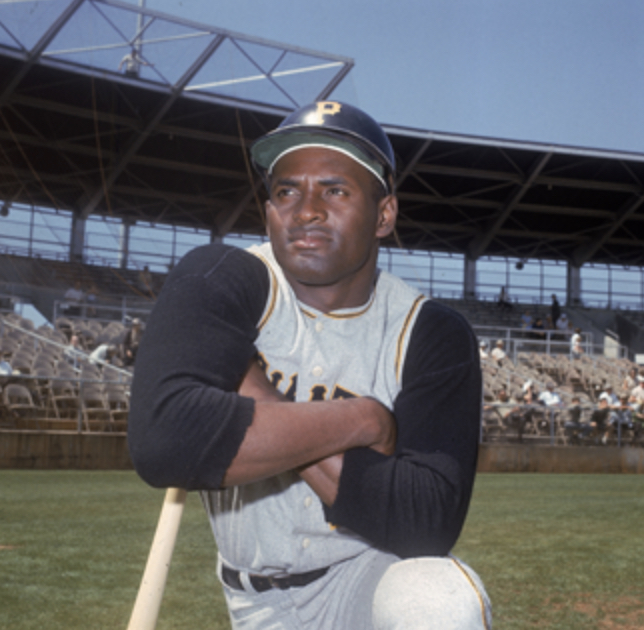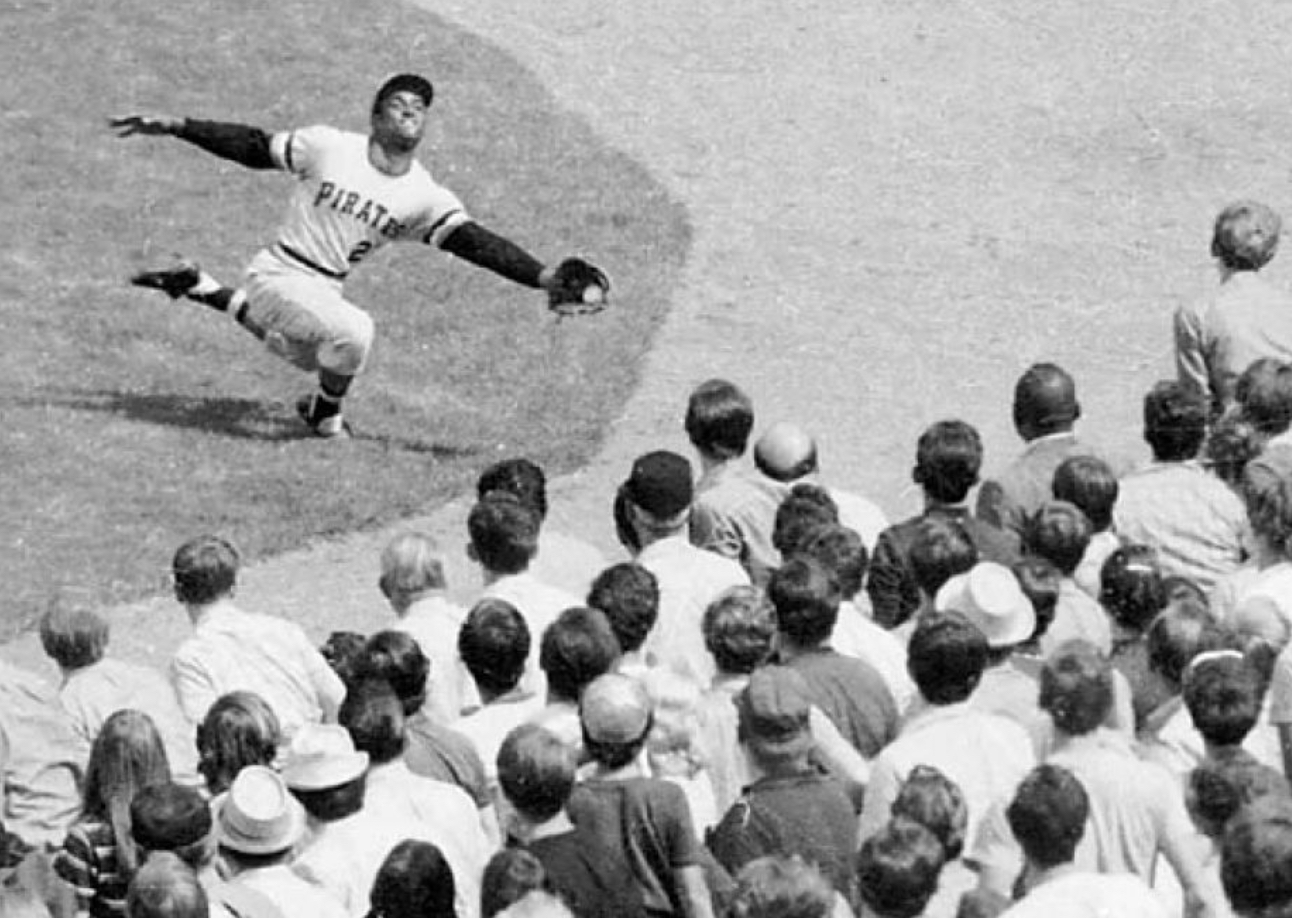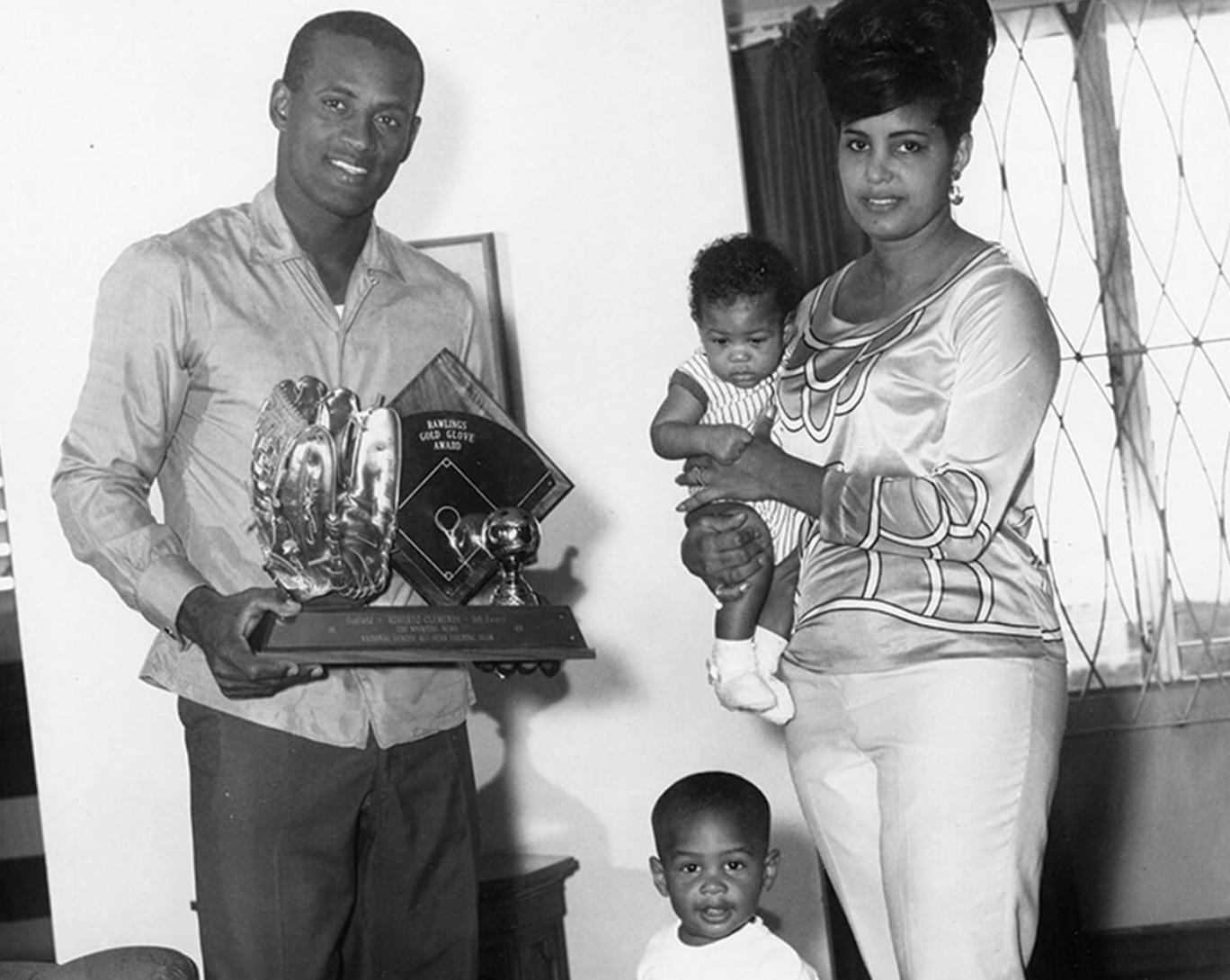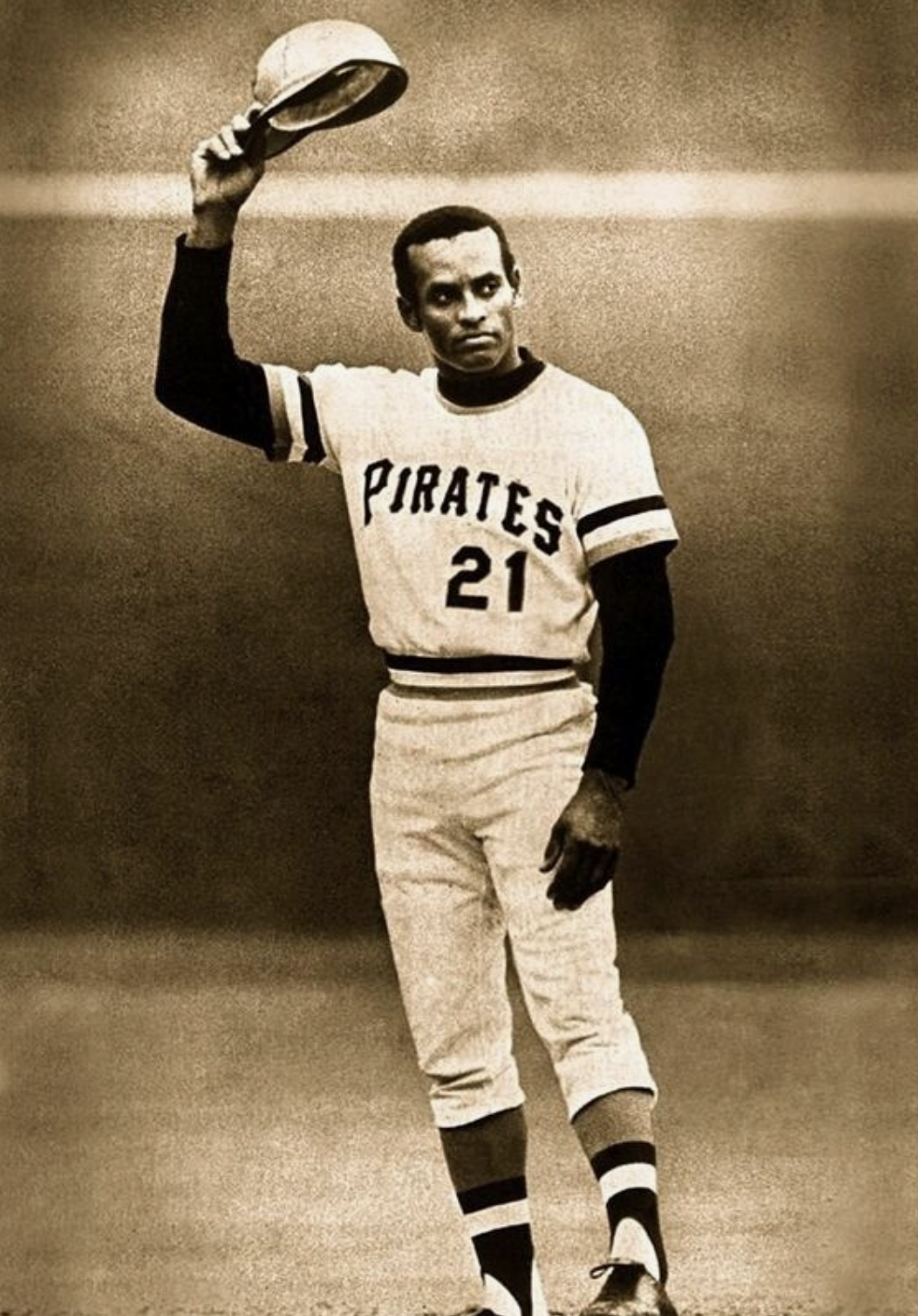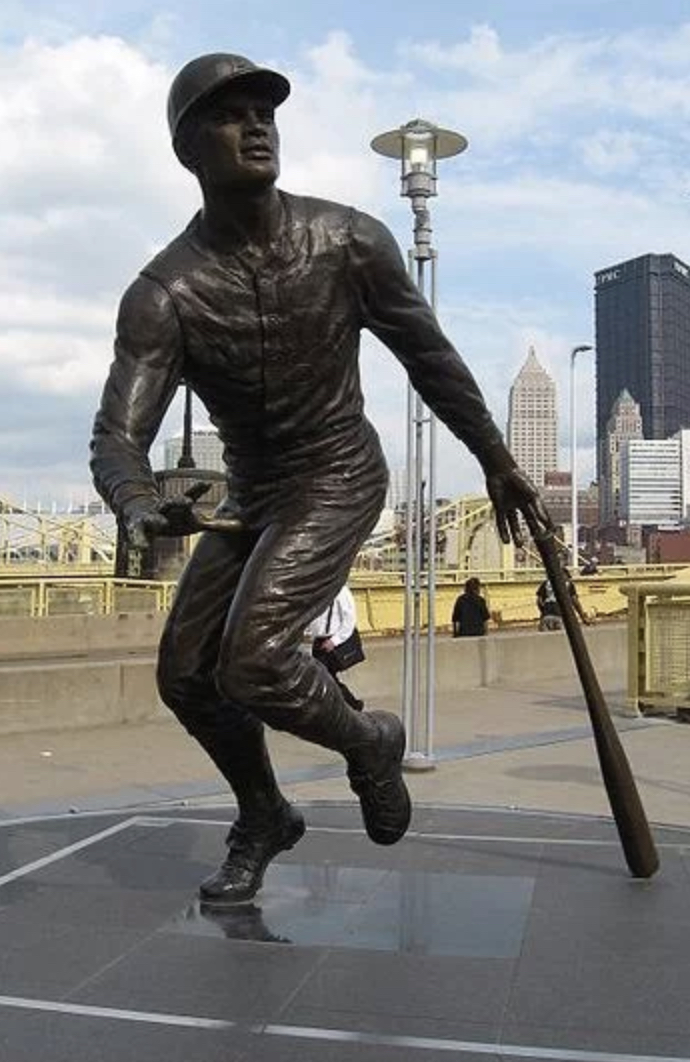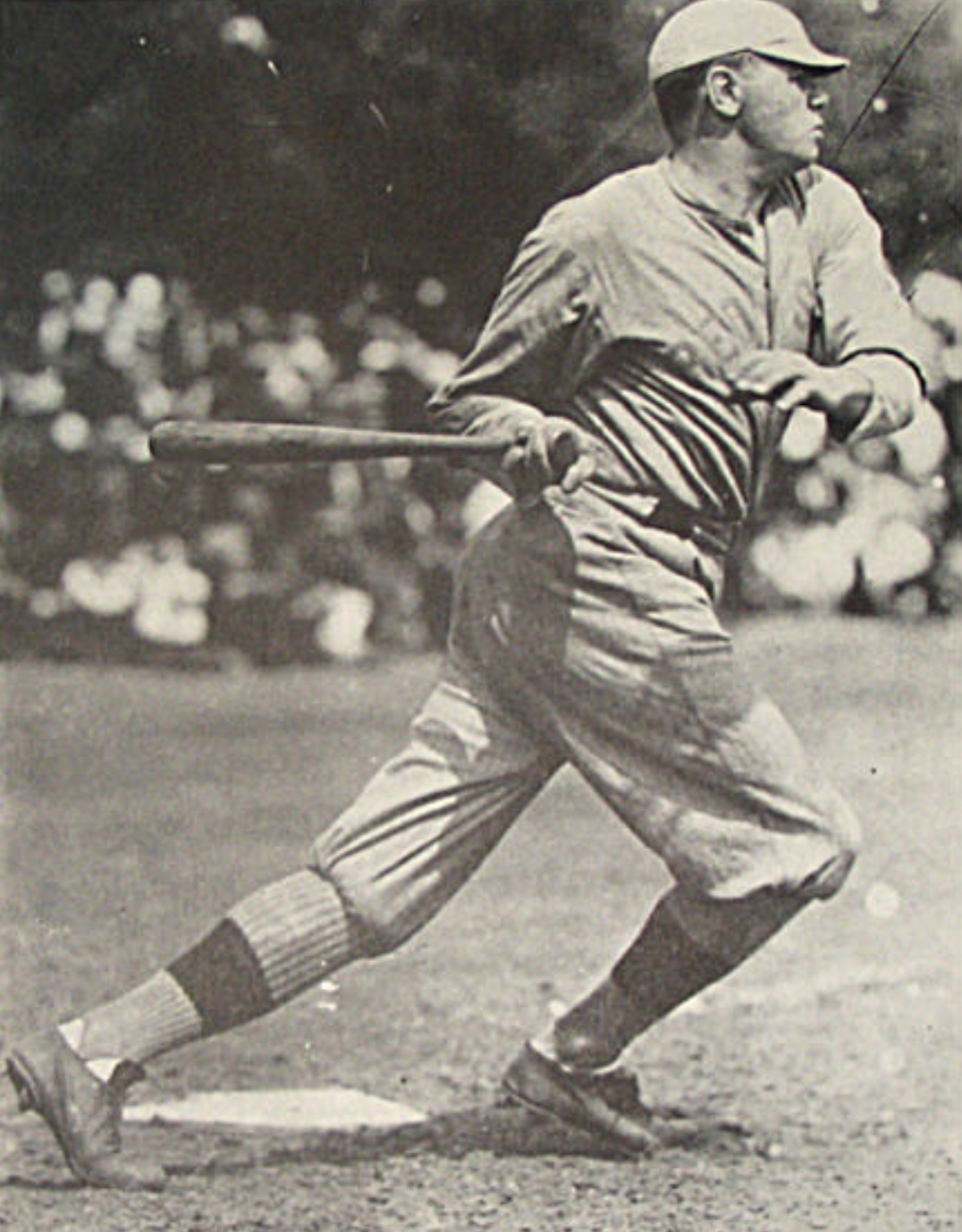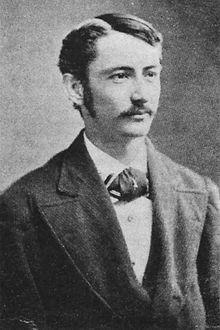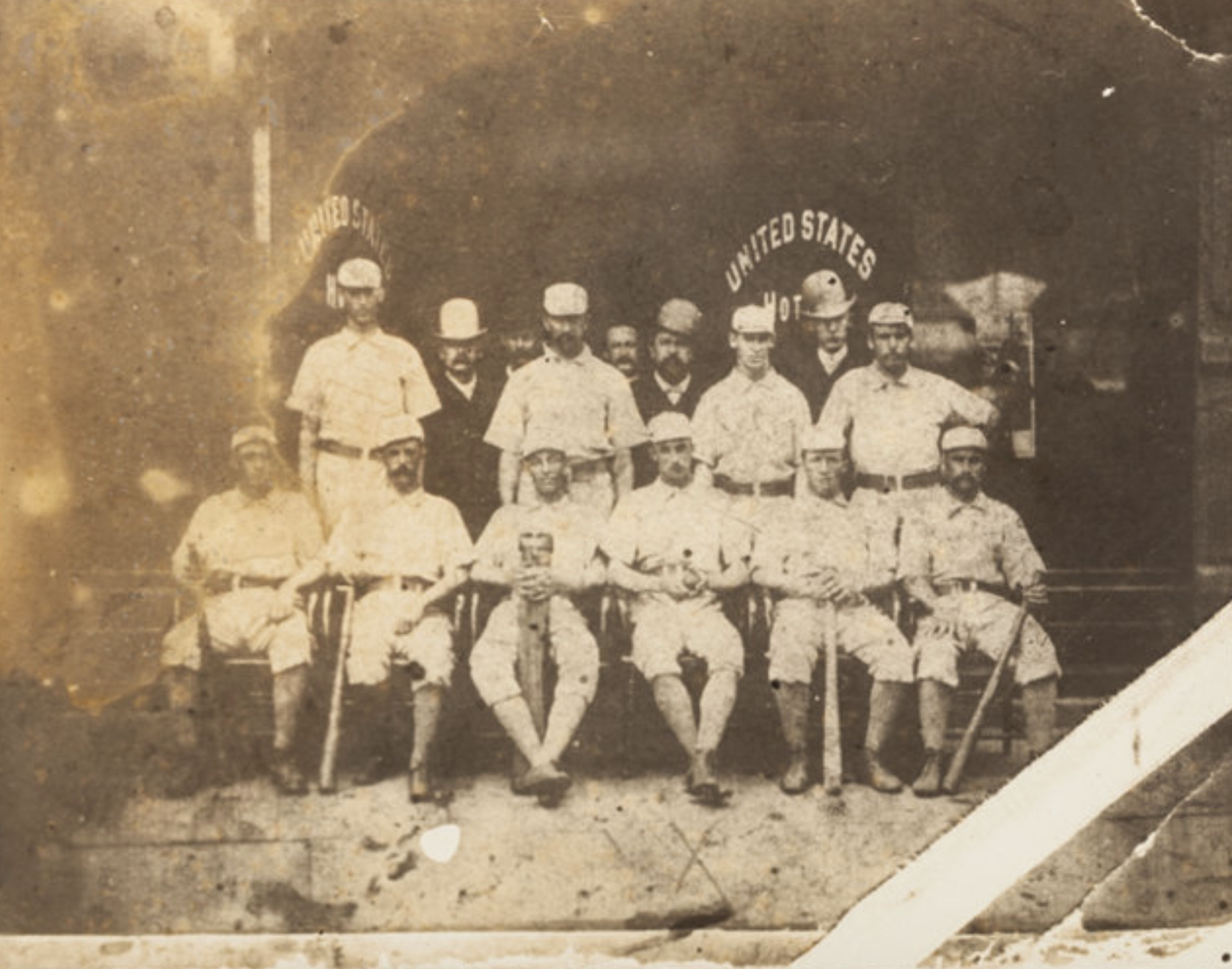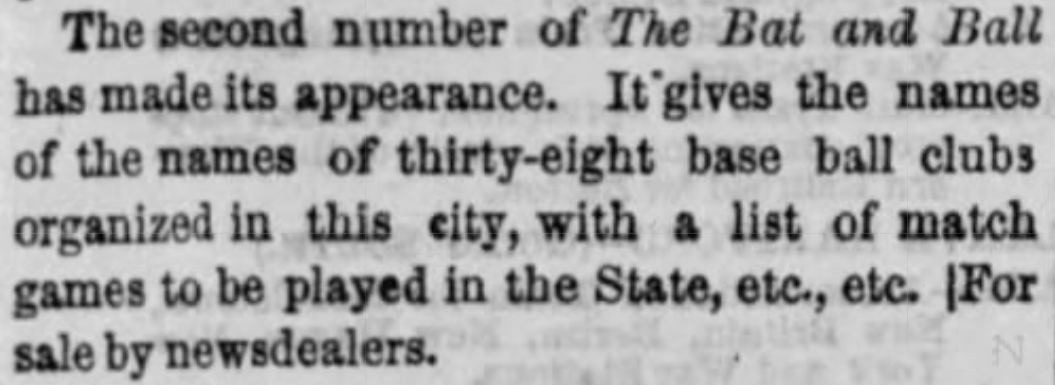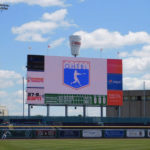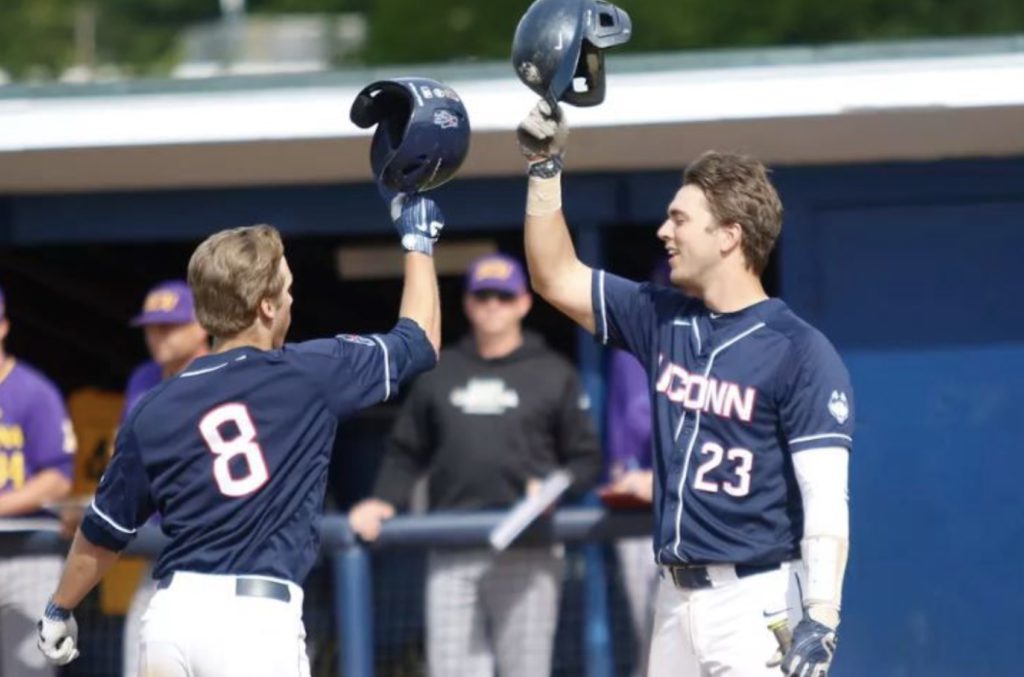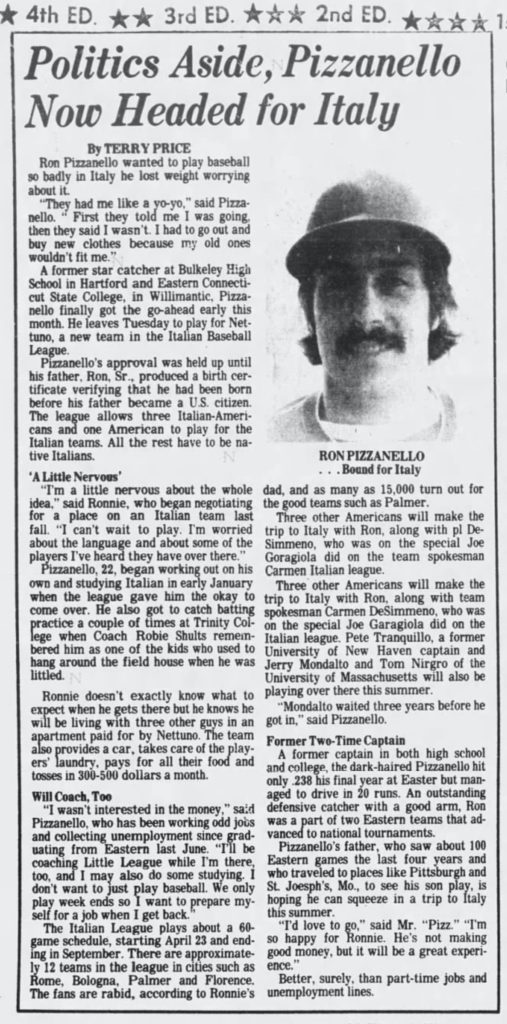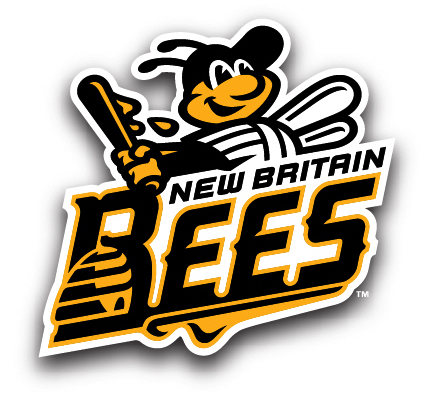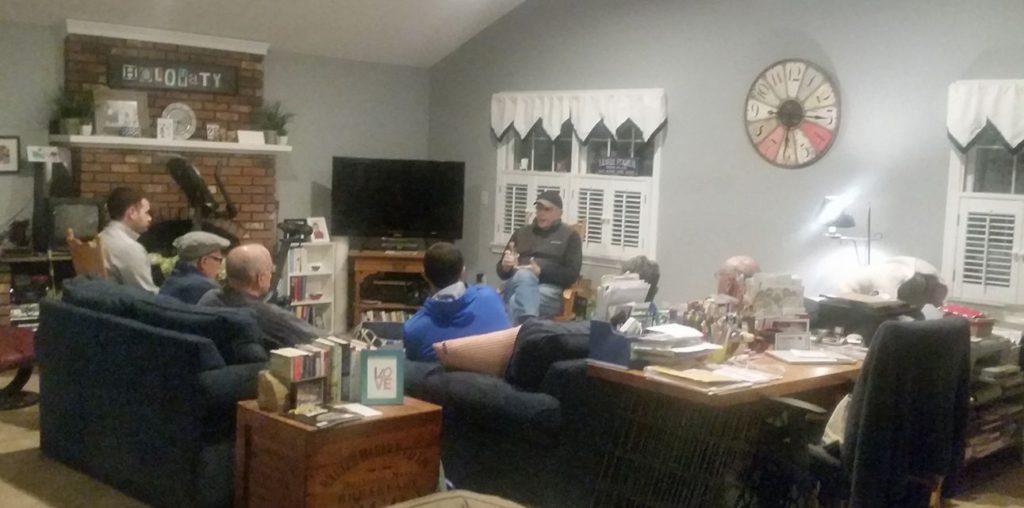Announcing the 2nd Annual Buzzy Levin Golf Tournament & Awards Banquet.
Dear Alumni, Friends and Family
You’re invited to take part in the 2nd Annual Buzzy Levin Golf Tournament & Awards Banquet at Blackledge Country Club in Hebron, CT, on Sunday, May 19, 2019.
The GHTBL gives back to charitable organizations in our Greater Hartford community on an annual basis. Games are scheduled once a year at Dunkin’ Donuts Park in Hartford and the ticket proceeds are given to charity. Our 2018 Charity Series at Dunkin’ Donuts Park raised $4,500 for Connecticut Children’s Medical Center and our 2017 series gave raised $5,641 for Camp Courant.
Before we can give back in 2019, we must first fund our league. The GHTBL relies on donations and sponsorships to pay rising costs. Your involvement in this event and your donations fund the costs of fields, umpires, and equipment. Your generosity is greatly appreciated.
Go to GHTBL.org/Donate to reserve your spot in the 2nd Annual Buzzy Levin Golf Tournament & Awards Banquet.
Go to GHTBL.org/Sponsor to become a Tee Sponsor or Presenting Sponsor.
The itinerary will be as follows:
1 PM – WELCOME
Have lunch, chat with old teammates, and buy raffle tickets ($20).
2:00 PM – TEE OFF
Foursomes to play a scramble format (groups use the best shot).
7:00 PM – AWARDS BANQUET
Dinner is served. 2017 awards winners are presented with trophies and plaques. Dinner is included for golfers otherwise the price is $30 per person to attend dinner.
7:45 PM – RAFFLE
Raffle winners to be announced.
